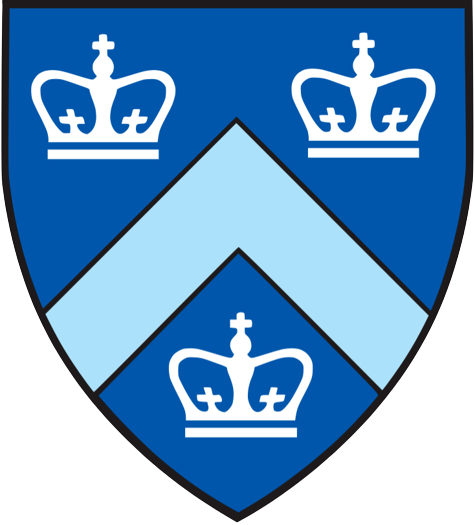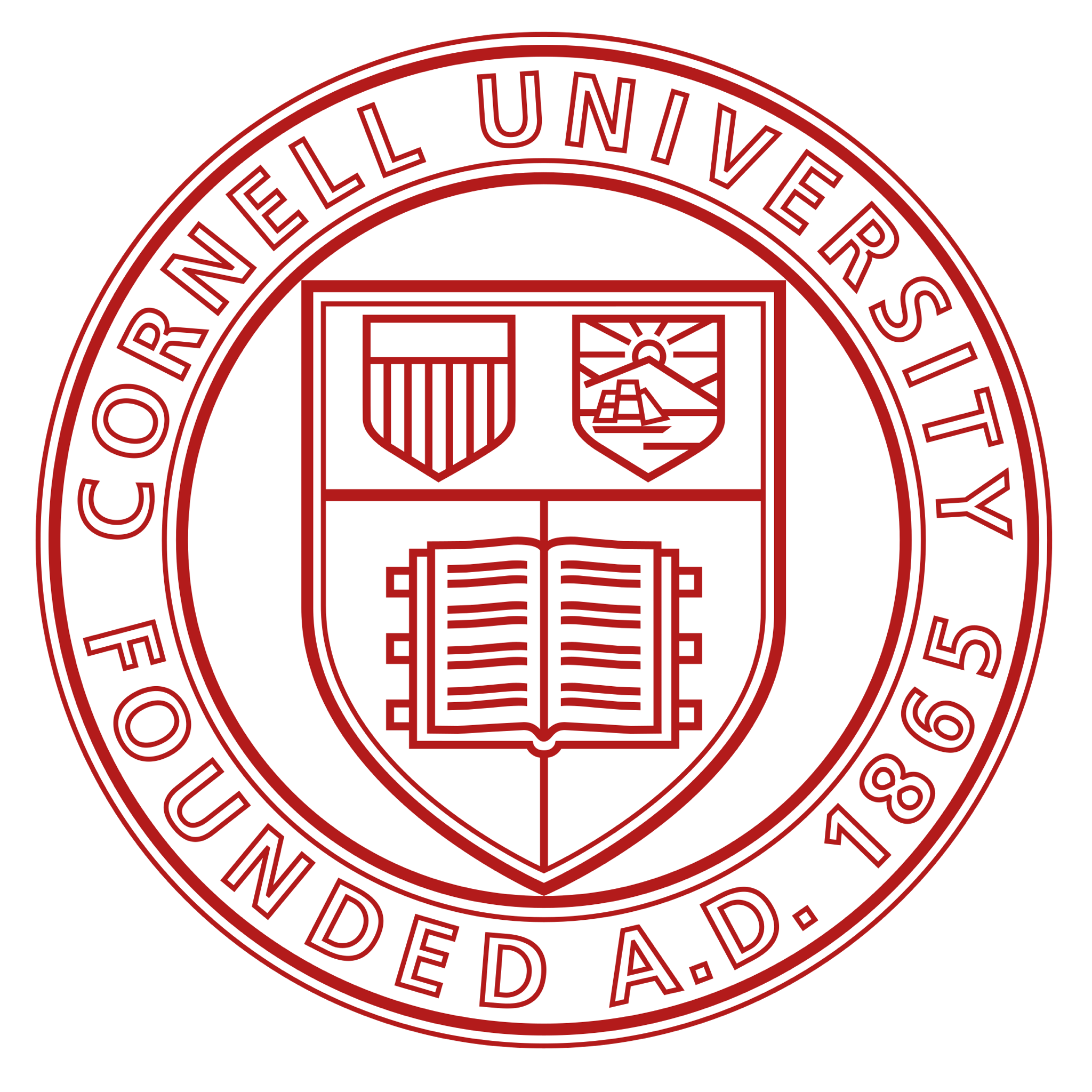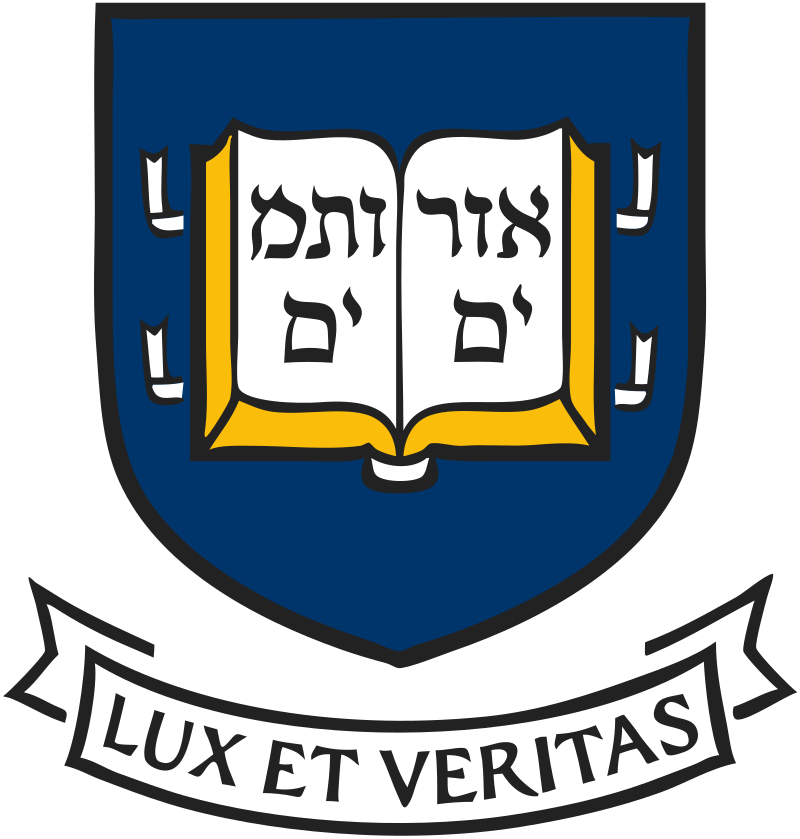Who We Are
Paragon Global Investments (formerly PNG) is a student-led intercollegiate investment fund with chapters at Brown University, Columbia University, Cornell University, New York University, Princeton University, Yale University, the University of Chicago, and the University of Pennsylvania. The organization is dedicated to the development of students in value investing and algorithmic trading.Students admitted to Paragon follow an educational curriculum that teaches applied value investing and algorithmic trading. Upon completing the education portion, students will join the organization either as investment analysts or quantitative analysts, working on stock pitches or designing systematic algorithms that will be invested into or deployed into Paragon's $40,000 investment funds.
Since our inception, we have grown to 300+ active students and every year we receive close to 2,000 students interested in joining our organization nationally.







Curriculum
| Topic | Link to Materials |
|---|---|
| Accounting | Week 1 |
| Valuation | Week 2 |
| Investment Theory | Week 3 |
| Quantitative Analysis with Python | Week 4 |
| Quantitative Portfolio Management | Week 5 |
| Algo Trading Strategy Design | Week 6 |
Value Investing
Part 1 of the curriculum will help students gain a basic understanding behind the theory and strategies of value investing. Students will gain a fundamental understanding of accounting, competitive analysis, and valuation. General modeling, including operating models and discounted cash flows models, will be explored as well as general investment theory related to these models. By the end of the curriculum, students will be able to accurately value companies and understand complex business models.
Algorithmic Trading
Part 2 of the curriculum aims to educate students on how to research, design, test, and implement systematic algorithmic trading strategies. Students will first learn about statistical analysis and introductry machine learning with Python. They will also learn about modern portfolio theory and linear factor pricing models, and how to analyze assets and portfolio to optimize risk-adjusted returns. Students will then learn how to design and implement systematic algorithmic trading strategies using live data and real money. By the end of the curriculum, students will have a toolset to quantitatively analyze companies and design systematic trading strategies.